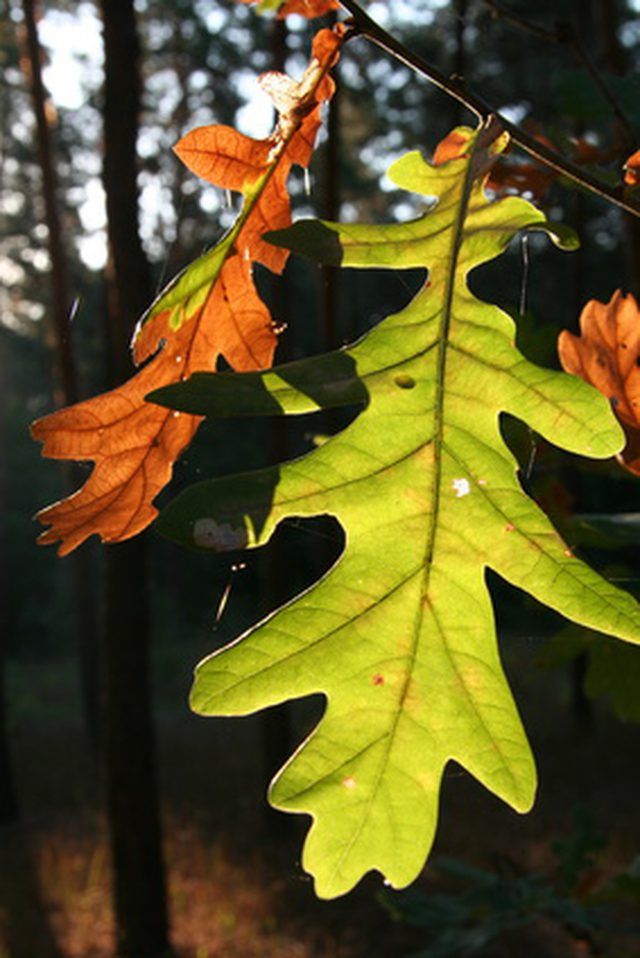Bulbs
Flower Basics
Flower Beds & Specialty Gardens
Flower Garden
Garden Furniture
Garden Gnomes
Garden Seeds
Garden Sheds
Garden Statues
Garden Tools & Supplies
Gardening Basics
Green & Organic
Groundcovers & Vines
Growing Annuals
Growing Basil
Growing Beans
Growing Berries
Growing Blueberries
Growing Cactus
Growing Corn
Growing Cotton
Growing Edibles
Growing Flowers
Growing Garlic
Growing Grapes
Growing Grass
Growing Herbs
Growing Jasmine
Growing Mint
Growing Mushrooms
Orchids
Growing Peanuts
Growing Perennials
Growing Plants
Growing Rosemary
Growing Roses
Growing Strawberries
Growing Sunflowers
Growing Thyme
Growing Tomatoes
Growing Tulips
Growing Vegetables
Herb Basics
Herb Garden
Indoor Growing
Landscaping Basics
Landscaping Patios
Landscaping Plants
Landscaping Shrubs
Landscaping Trees
Landscaping Walks & Pathways
Lawn Basics
Lawn Maintenance
Lawn Mowers
Lawn Ornaments
Lawn Planting
Lawn Tools
Outdoor Growing
Overall Landscape Planning
Pests, Weeds & Problems
Plant Basics
Rock Garden
Rose Garden
Shrubs
Soil
Specialty Gardens
Trees
Vegetable Garden
Yard Maintenance
How to Identify Tennessee Oak Trees
How to Identify Tennessee Oak Trees. Twenty different kinds of oak trees grow in Tennessee. You might need to know which is which to identify an oak in your yard or to decide which one you want to plant, because no two oaks are created equal. Learn how to identify Tennessee oak trees through their color, contours, leaves, and growing conditions.

Twenty different kinds of oak trees grow in Tennessee. You might need to know which is which to identify an oak in your yard or to decide which one you want to plant, because no two oaks are created equal. Learn how to identify Tennessee oak trees through their color, contours, leaves, and growing conditions.
Examine the ground around the tree. Make sure your tree is an oak. Look for the best telltale sign: acorns. All oaks produce acorns. During many parts of the year you will find fallen acorns and acorn caps around the base of an oak tree.
Look at the color of the bark. Tennessee oaks are split into two groups: red and white, with twelve types of red oaks and eight types of white. The bark of red oak is dark in color, ranging from deep brown to dark gray and black. White oaks are lighter in tone, often appearing in shades of gray-white.
Feel the contours of the bark. White oak bark grows uniformly on the trunk of the tree. When touched, white oak trunks feel somewhat smooth and even. Red oak bark is slightly ridged, creating a texture that you can detect with your fingertips.
Examine the leaves. Leaves are the best identifying factor for any tree, including Tennessee oaks. White oak leaves grow with smooth edges and rounded or pointed leaf tips. Red oaks have bristle-tipped leaf tips and lobes. Once you've determined whether you have a red or white oak, count the lobes on the leaf, notice the texture of the leaves on both sides, and pay attention to the depth of the indentations between leaf lobes. Matching these specific leaf characteristics to known oak trees will help you identify your oak.
Study the land where the tree is growing. Oak trees prefer different growing conditions. Southern red and scarlet oak trees thrive in flat, well-drained land. Black oak, Northern Red oak and Shumard oak—all red oaks—grow in well-drained, deep coves. White Chinquapin oaks also prefer deep coves. Blackjack oak (red) and Chestnut oak (white) are found on dry, sloping land.
Review pictures of Tennessee oak trees. Once you have noted the characteristics of the oak tree you want to identify, compare it to the photos and characteristics of Tennessee oaks listed in literature from your local extension, nursery or landscaping company(see links below) to determine the identity of your tree.